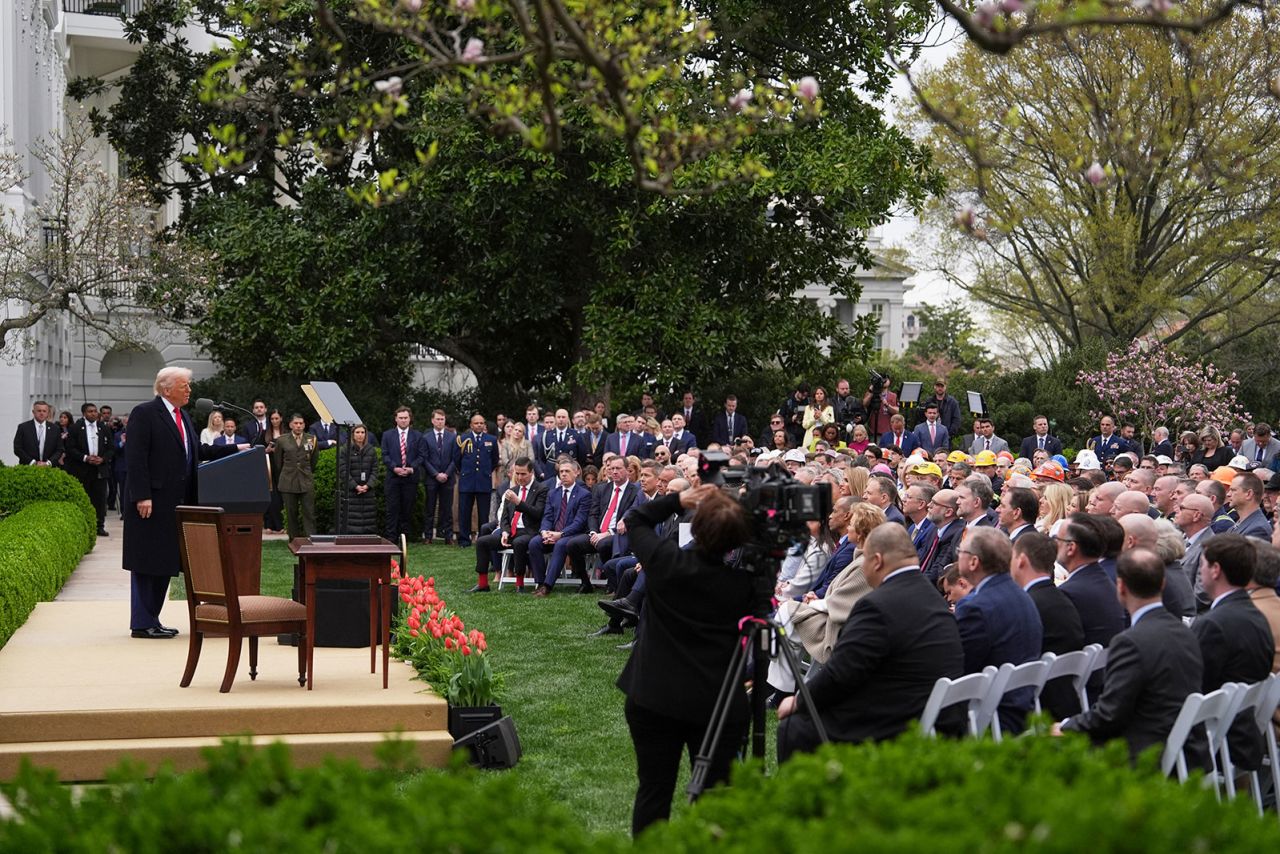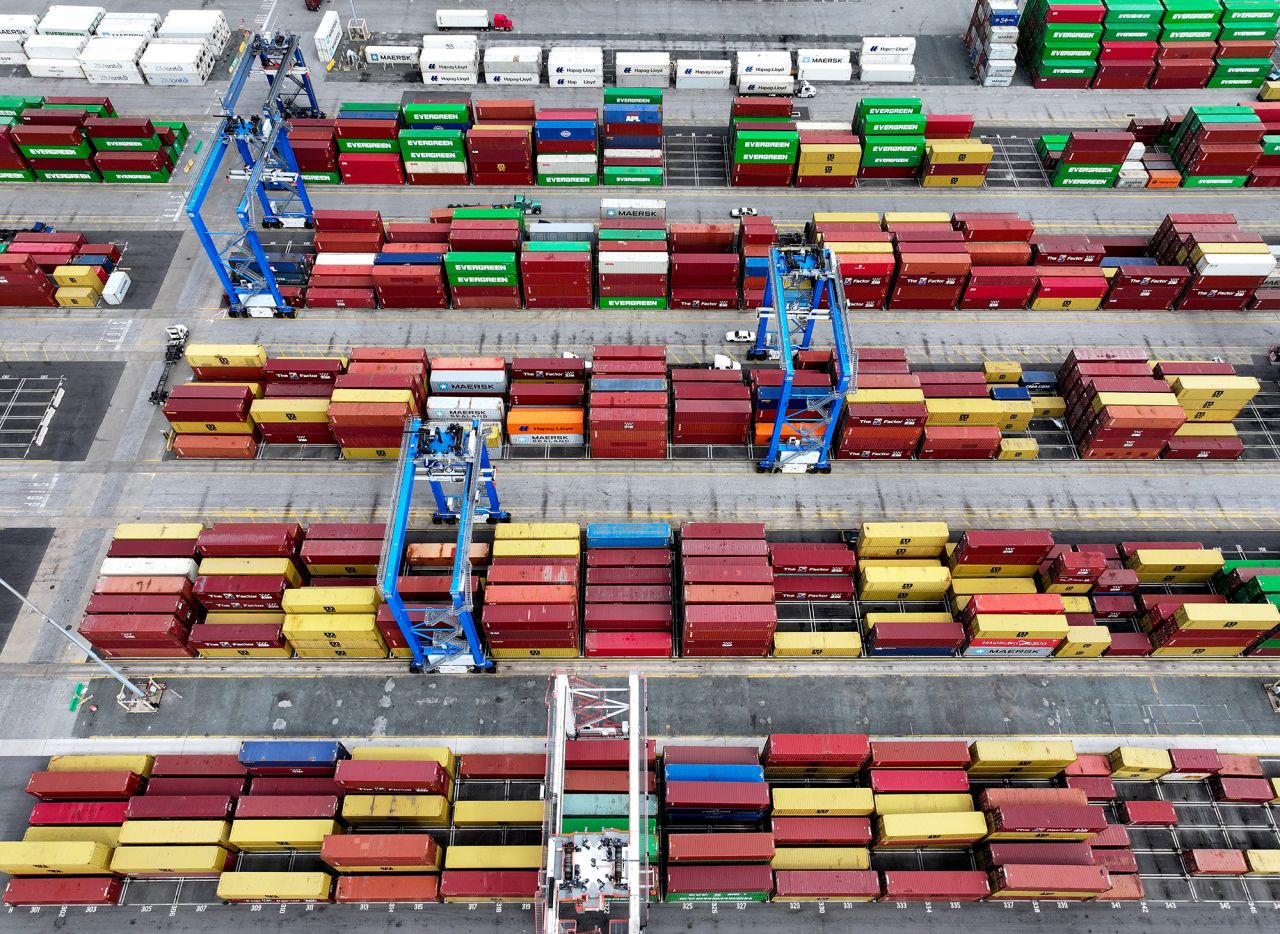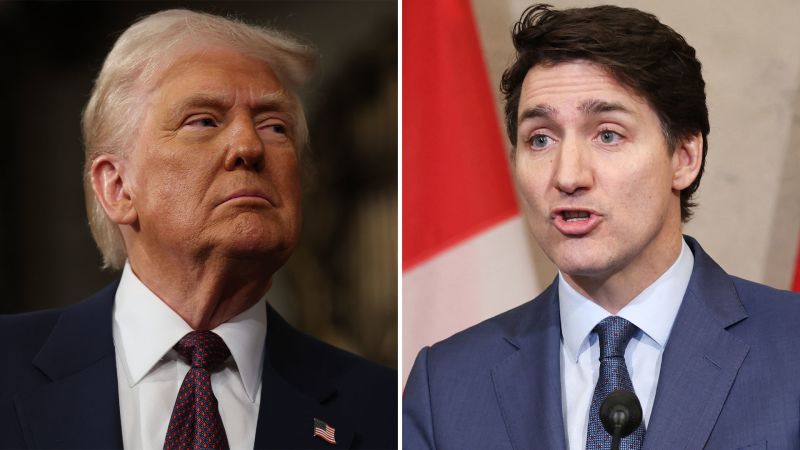## Level Up Your Business? Not If You’re Stuck in This Trade War!
The global gaming industry is booming, but behind the flashy new releases and record-breaking sales lies a hidden struggle. While titans of the industry wrestle over market dominance, a “chaotic” tariff regime and escalating trade wars are leaving small businesses in the dust. CNN recently highlighted this alarming trend, painting a bleak picture for independent developers and publishers trying to survive in this volatile landscape.

Think of it like this: you’ve poured your heart and soul into crafting the next indie hit, but the game’s release is met with unexpected barriers – skyrocketing import costs, unpredictable shipping times, and the constant threat of legal battles. This is the reality for many small game studios caught in the crossfire of a trade war.

Indie Developers on the Front Lines
Vulnerability to Tariff Hikes

The global gaming industry, while seemingly limitless in its reach, is deeply intertwined with the complexities of international trade. For indie developers, who often operate on tighter budgets and smaller margins, the impact of tariffs can be particularly devastating. A seemingly small increase in the cost of imported components, software licenses, or marketing materials can significantly strain their resources, potentially derailing development projects or even pushing them out of business.

Example: The Cost of Silicon
Take, for instance, the rise in tariffs on silicon wafers, a crucial component in the manufacturing of gaming hardware. A 10% tariff on these wafers could translate to thousands of dollars in additional costs for a small studio developing a new console game. This added expense could force them to cut corners, delay releases, or ultimately abandon the project altogether.

Regional Impact: A Game of Global Consequences
Asia: A Manufacturing Hub Under Pressure
Asia, home to a vast majority of gaming hardware manufacturing, is particularly vulnerable to the disruptive effects of tariffs. Countries like China, South Korea, and Taiwan, which produce components and consoles for global markets, could see a decline in export revenues if tariffs escalate. This could lead to job losses, production slowdowns, and ultimately, higher prices for gamers worldwide.
Europe: Navigating the Uncertainties
Europe, a major gaming market with a strong presence in software development and publishing, faces a complex scenario. While tariffs on imported goods could impact European gamers, the potential for retaliatory tariffs from the EU could further destabilize the global gaming market. This uncertainty could lead to investment hesitancy, project cancellations, and a slowdown in innovation.
Latin America: A Growing Market at Risk
Latin America, a rapidly growing gaming market, could also be adversely affected by trade wars. Increased tariffs on imported consoles and games could make them less affordable for gamers in the region, potentially hindering market growth. Moreover, the potential for instability in neighboring countries could disrupt supply chains and create further challenges for the Latin American gaming industry.
Gamer Communities: Divided by Lines on a Map?
The Potential for Nationalistic Sentiment
As trade tensions rise, there is a risk that gamer communities could become more divided along national lines. This could manifest in online forums, social media platforms, and even within gaming events. The rise of esports, with its global tournaments and international rivalries, could exacerbate these tensions, turning friendly competition into a reflection of broader geopolitical conflicts.
The Importance of Fostering Inclusivity
It is crucial for the gaming industry to actively promote inclusivity and cross-cultural understanding. Platforms, developers, and community leaders need to work together to create a welcoming and respectful environment for gamers from all backgrounds, regardless of their nationality or political affiliations. Emphasizing the shared passion for gaming can help bridge divides and foster a sense of global community.
Navigating the Chaos: Strategies for Survival
Gamers: Minimizing the Impact of Tariffs
For gamers, the best way to minimize the impact of tariffs is to stay informed about potential price increases and shop around for the best deals. This may involve purchasing games from digital storefronts, exploring subscription services, or waiting for sales and discounts.
- Consider digital downloads: Digital games often bypass the need for physical distribution, potentially avoiding tariff-related price hikes.
- Explore subscription services: Services like Xbox Game Pass or PlayStation Plus offer a library of games for a monthly fee, potentially offering better value for money in a climate of rising prices.
- Wait for sales and discounts: Keeping an eye out for promotions and discounts can help gamers save money on games, regardless of tariff fluctuations.
- Diversify supply chains: Sourcing components and materials from multiple countries can reduce reliance on any single supplier and minimize the impact of tariffs on specific regions.
- Explore alternative manufacturing locations: Considering manufacturing options in countries with lower tariffs or favorable trade agreements can help reduce production costs.
- Increase transparency with consumers: Communicating openly about the impact of tariffs on game prices and development timelines can build trust with gamers and manage expectations.
Developers: Mitigating the Risks
Indie game developers can adopt several strategies to mitigate the risks associated with tariffs:
The Role of Government and International Agreements
Governments and international organizations play a crucial role in stabilizing the global gaming market. By promoting free trade agreements, resolving trade disputes, and fostering a predictable regulatory environment, they can create a more conducive space for innovation and growth within the industry.
The gaming industry thrives on collaboration, creativity, and connection. By working together, developers, gamers, and policymakers can navigate the complexities of trade wars and ensure that the global gaming landscape remains vibrant and inclusive.
Conclusion
CNN’s article paints a stark picture of the gaming industry’s vulnerability to the escalating trade war. The “chaotic” tariff regime, fueled by geopolitical tensions, is squeezing small businesses like a hydraulic press. The rising costs of importing components and exporting finished products are forcing many to make impossible choices: absorb the losses, raise prices and risk alienating consumers, or shutter their operations entirely. This isn’t just about spreadsheets and balance sheets; it’s about the passionate developers, artists, and entrepreneurs who pour their hearts and souls into creating the immersive worlds we love.
The implications are far-reaching. A shrinking pool of independent developers means fewer innovative games, less diversity in genres and experiences, and ultimately, a less vibrant gaming landscape for us all. The triumph of corporate giants, able to weather the storm due to their size and resources, would stifle creativity and innovation. This isn’t a future we want to see. If we allow the trade war to chip away at the foundation of our beloved industry, we risk losing the very soul of gaming – the spark of independent thought and the endless potential for imaginative storytelling.
The gaming community must rise to the challenge. We need to demand clarity and stability from our leaders, champion fair trade practices, and support the small studios that are the lifeblood of our industry. The future of gaming hangs in the balance.